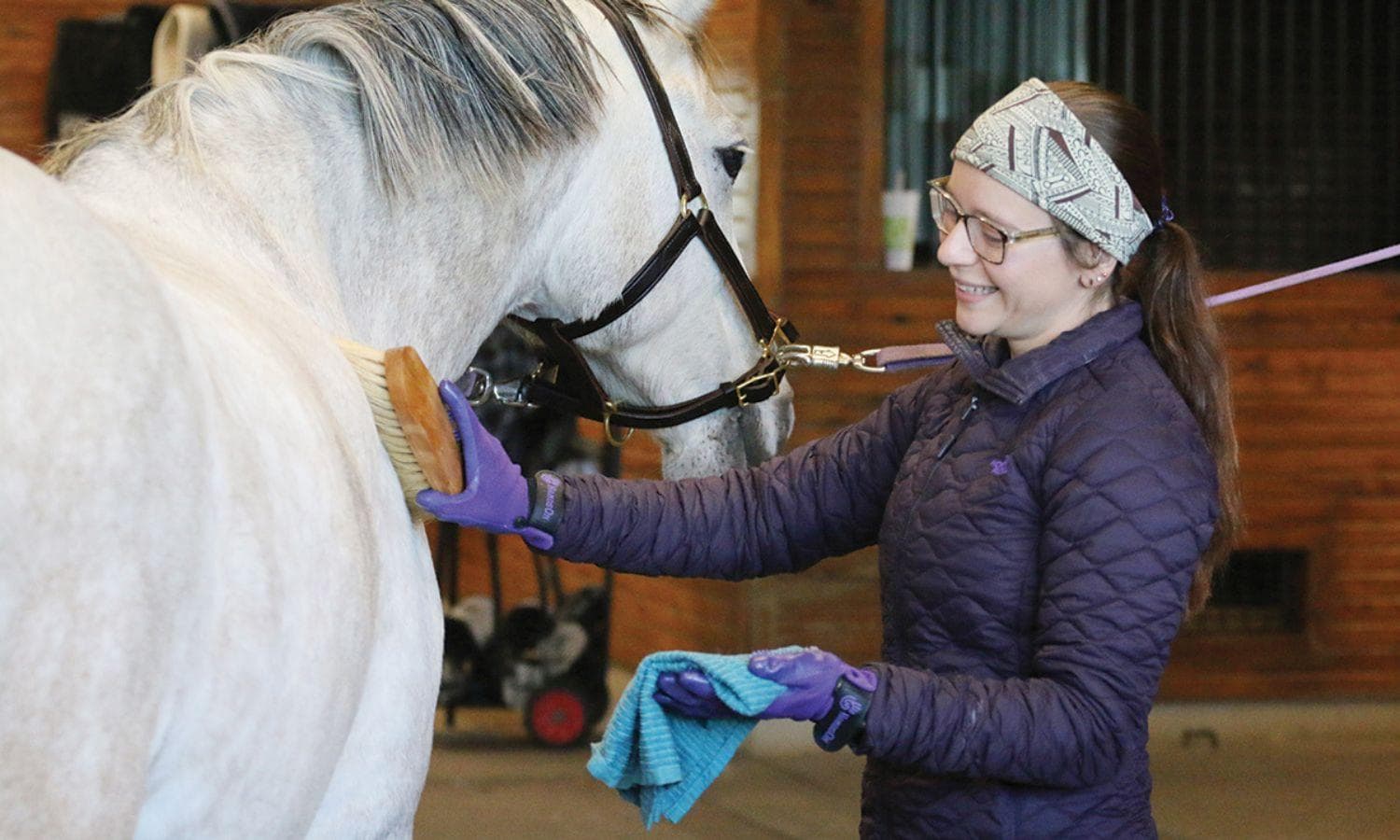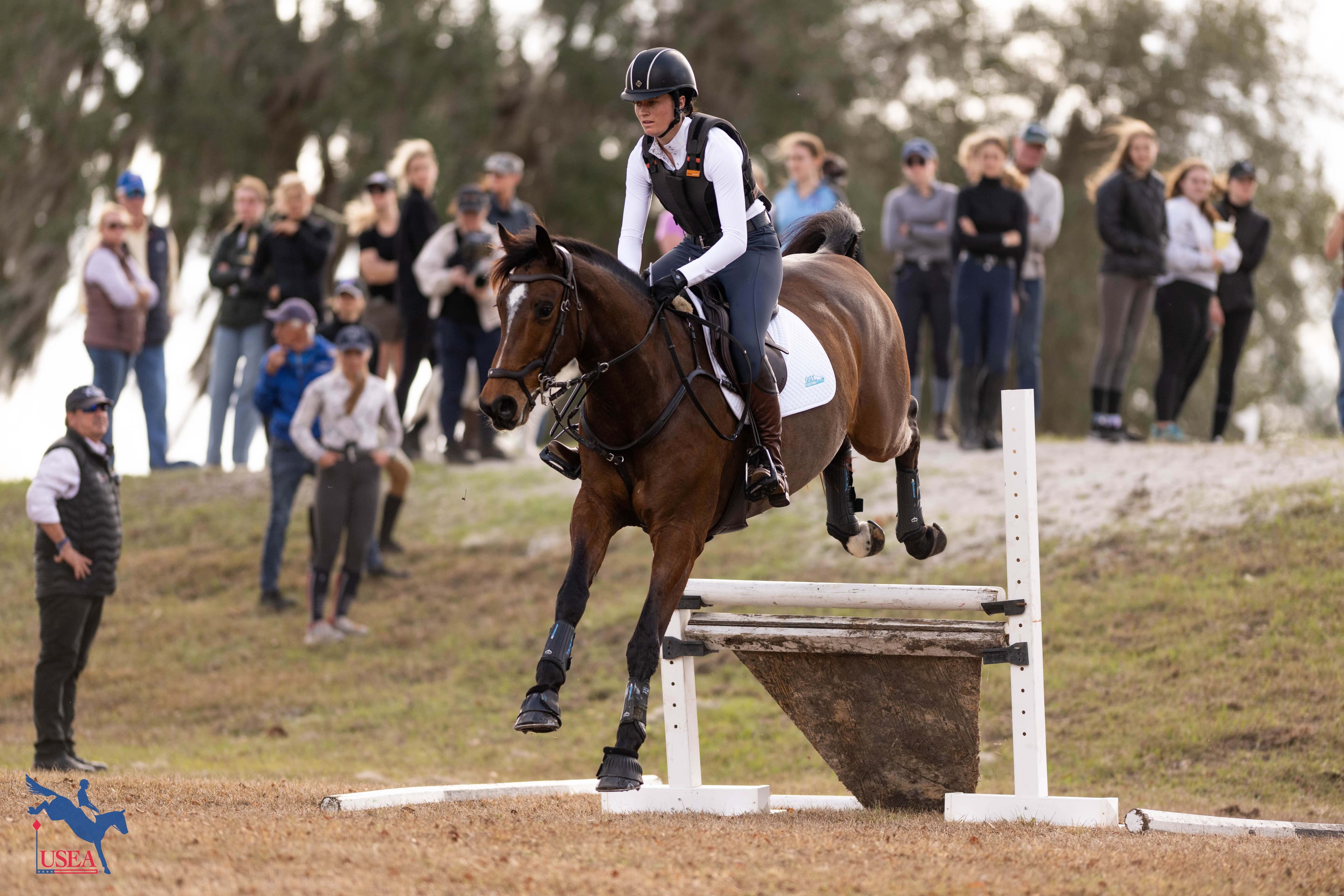It’s in the Blood: LRK3DE Edition
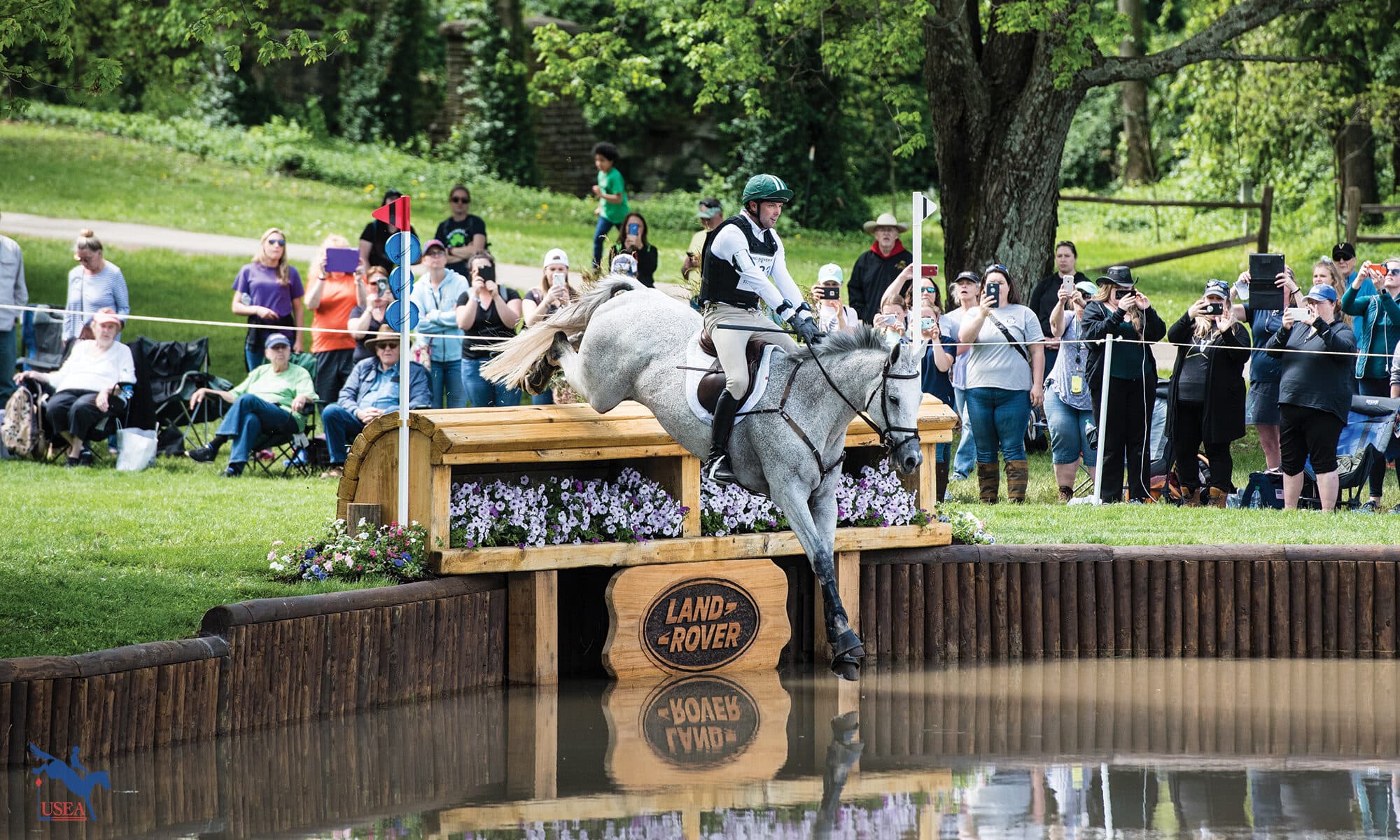
The article originally appeared in the May/June 2019 issue of Eventing USA magazine and has been updated to include information about USEA Young Event Horse Program graduates.
Once upon a time there was a widespread belief that eventing was not a sport that you could purposely breed horses for. There are too many variables, the biggest one of which is heart, and how exactly do we test, measure, and ensure the heritability of a trait like that? Over time, though, we have proven that you can, in fact, breed horses for eventing – and it works quite reliably. You can see examples of this all over the top levels of the sport, with horses like La Biosthetique Sam, Hale Bob OLD, Tsetserleg, and countless more. Breeders have started to dial in the qualities that a horse needs to be competitive at the upper levels of modern eventing, and we’re finding that they ARE actually quite reproducible.
If you’re a breeder, or a young horse producer, or even just a fan of watching really nice event horses, one of the most interesting things about a big event is studying the pedigrees of the horses in the field. If you look at enough horses, and enough events, you start to see certain trends. Bloodlines that show up time and time again, the blood percentage that is usually required for a horse to be successful in the longer format, or what types of horses tend to score better in dressage. The field from the 2019 Land Rover Kentucky Three-Day Event (LRK3DE) was no exception when it came to trends.
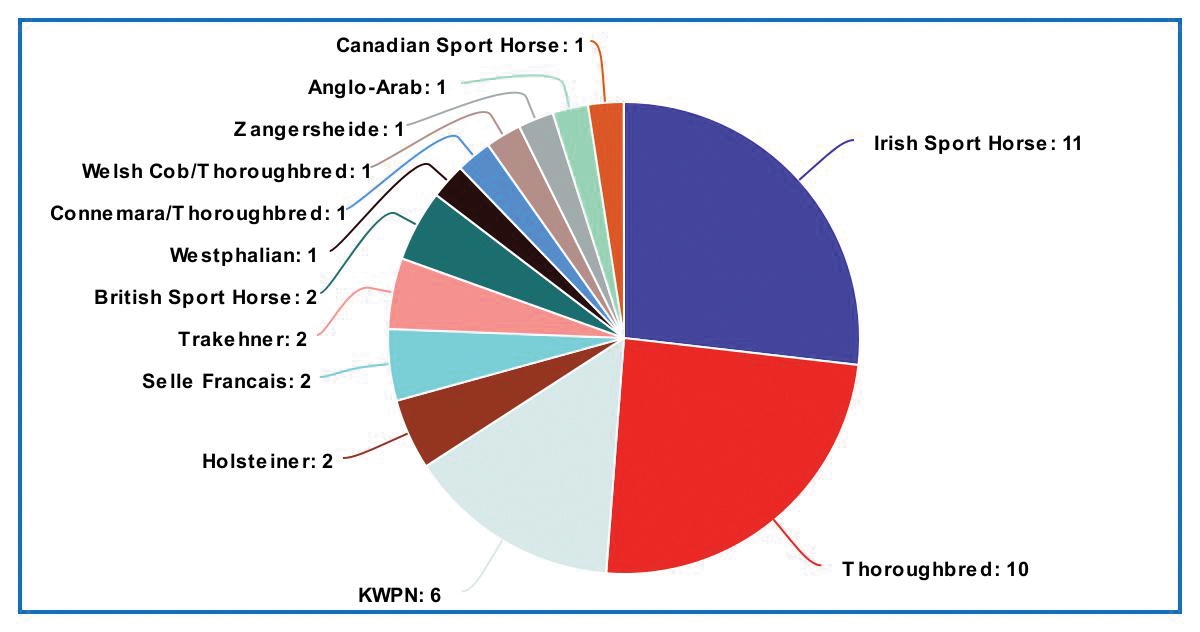
We saw 41 horses at the 2019 event, and the most commonly represented breed registry was Irish Sport Horse. Eleven Irish Sport Horses made up a whopping 27 percent of the field. While Ireland is no doubt fantastic at churning out top level eventers, it’s important to note that they actually use quite a bit of European warmblood in their breeding programs these days. Many people hear Irish Sport Horse and think of the traditional Irish Draught x Thoroughbred cross, but of the 11 Irish Sport Horses at LRK3DE, only four were of traditional breeding. Harbour Pilot, finishing in 11th, was the highest placed traditionally bred Irish Sport Horse.
The other seven Irish Sport Horses all carry some European warmblood in their bloodlines, all of which comes from jumping bloodlines. A good example of this is repeat winner, Cooley Master Class, who is by legendary event sire Ramiro B (himself a registered Belgian Warmblood who competed through the Grand Prix level in pure show jumping) out of a mare by the Thoroughbred stallion Master Imp, with traditional Irish breeding on the damside. There is ample intermingling of bloodlines among the European warmbloods, which is why looking at a pedigree will tell you considerably more about a horse’s lineage than just looking at what breed is listed.
The second most popular breed at this year’s LRK3DE was the Thoroughbred, represented by 10 horses and making up 24 percent of the field. The most commonly seen ancestor among those 10 is Mr. Prospector – he’s present within the first four generations of five different horses. Other recurring Thoroughbred names are Seattle Slew, Danzig, Nijinsky, and Roberto. Thoroughbred sire and 1985 Kentucky Derby winner Spend a Buck is the damsire of two horses – Cecelia and Indy 500. The Thoroughbreds also displayed an impressive completion rate: of the 10 that started dressage, the only one who did not finish the competition was Jak My Style, who was sadly withdrawn before cross-country due to his rider, Buck Davidson, being injured in a fall from another mount.
Another commonly discussed (and often disagreed upon) factor in event horse breeding is blood percentage, which is the amount of Thoroughbred or Arabian blood that a horse carries within its pedigree. European warmbloods have all been infused with healthy doses of “blood” as they have evolved into modern day sport horses, but the blood percentage of each horse can vary widely. Across this year’s entire LRK3DE field, the combined average blood percentage (omitting a couple of horses with unverifiable pedigrees) was 65 percent. However, if you remove all of the full Thoroughbreds or Anglo-Arabian and calculate the blood percentage again, the average comes in at 58 percent. It is also interesting to note that only four horses in the field have less than 40 percent blood, the highest placed of which finished in 17th.
Certain European warmblood registries are known for producing jumping horses, and it’s no surprise that these bloodlines often end up crossing over into eventing as well. Chief among them are Holsteiners, with 15 horses (37 percent of the field) having Holsteiner breeding within the first four generations, and Selle Francais, with 13 horses (32 percent of the field) having Selle Francais breeding within the first four generations. Ten horses (24 percent of the field) have both Holsteiner and Selle Francais within the first four generations. Of the top 10 finishers, five horses have Holsteiner and four horses have Selle Francais. Three horses have both.
While the overwhelming majority of upper level event horses are Thoroughbred, Irish, warmblood, or some combination of such, there were several less common crosses represented as well. Honor Me is a Welsh Cob x Thoroughbred cross, Sparrow’s Nio is a Connemara x Thoroughbred cross, and Vermiculus is an Arabian x Thoroughbred cross.
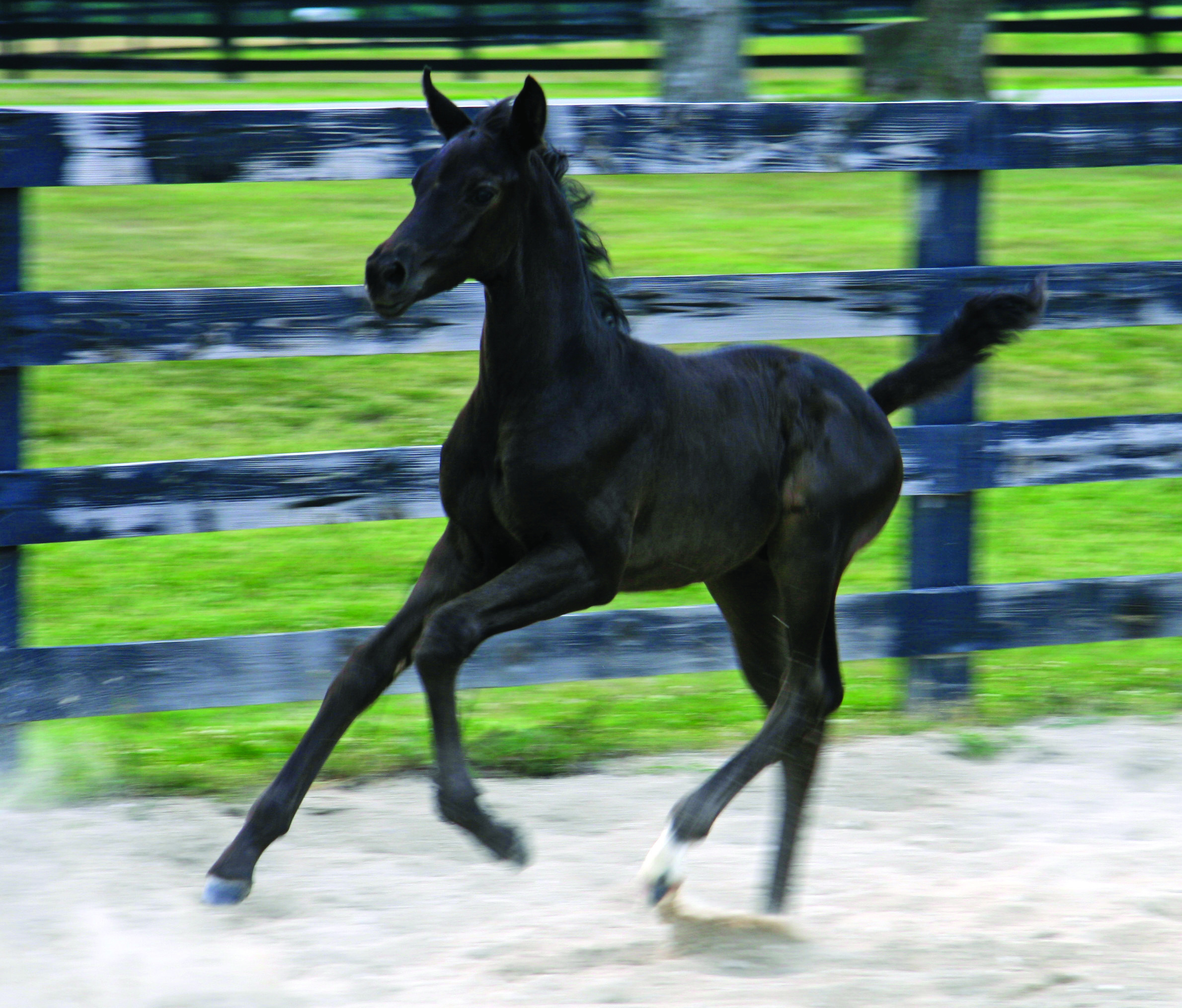
Despite a relatively small field of horses, two stallions are represented by two direct offspring each – Master Imp xx and Windfall. Master Imp is also the damsire of an additional horse. Windfall, a U.S. based stallion, is the sire of the only two Trakehners in the field, both of which were bred in the U.S. (Tsetserleg by Windfall’s owner, Tim Holekamp, and Vandiver by Debi Crowley), and both of which finished in the top five.
Another factor contributing to the breeding and raising of specialist event horses is the various young horse classes that are offered both in the U.S. and overseas. Twelve LRK3DE entrants (29 percent) competed in some type of young horse class (be it the USEA Young Event Horse program or the FEI 6-year-old and 7-year-old classes in Europe). Second-place finisher Tsetserleg competed in the USEA’s Young Event Horse series, as did Indy 500 and Pfun. As the expansion and availability of young horse classes continue in the U.S., it stands to reason that this number will steadily increase. For the sake of comparison, at the 2018 FEI World Equestrian Games, 51 percent of the field had competed in young horse eventing classes in Europe earlier in their career.
About the USEA Young Event Horse Program
The Young Event Horse (YEH) Program was first established in 2004 as an eventing talent search. Much like similar programs in Europe, the YEH program was designed to identify young horses aged four and five, that possess the talent and disposition to, with proper training, excel at the uppermost levels of the sport. The ultimate goal of the program is to distinguish horses with the potential to compete at the four- and five-star levels, but many fine horses that excel at the lower levels are also showcased by the program.
The YEH program provides an opportunity for breeders and owners to exhibit the potential of their young horses while encouraging the breeding and development of top event horses for the future. The program rewards horses who are educated and prepared in a correct and progressive manner. At qualifying events, youngsters complete a dressage test and a jumping/galloping/general impression phase. At Championships, young horses are also evaluated on their conformation in addition to the dressage test and jumping/galloping/general impression phase. Click here to learn more about the Young Event Horse Program.
The USEA would like to thank Bates Saddles, SmartPak, Standlee Hay Company, Parker Equine Insurance, C4 Belts, and Etalon Diagnostics for sponsoring the Young Event Horse Program. Additionally, the USEA would like to thank The Dutta Corp., Title Sponsor of the Young Event Horse Championships.
Did you enjoy this article? Want to receive Eventing USA straight to your mailbox? Members receive Eventing USA as part of their USEA Membership or you can purchase individual issues from the USEA Shop.


